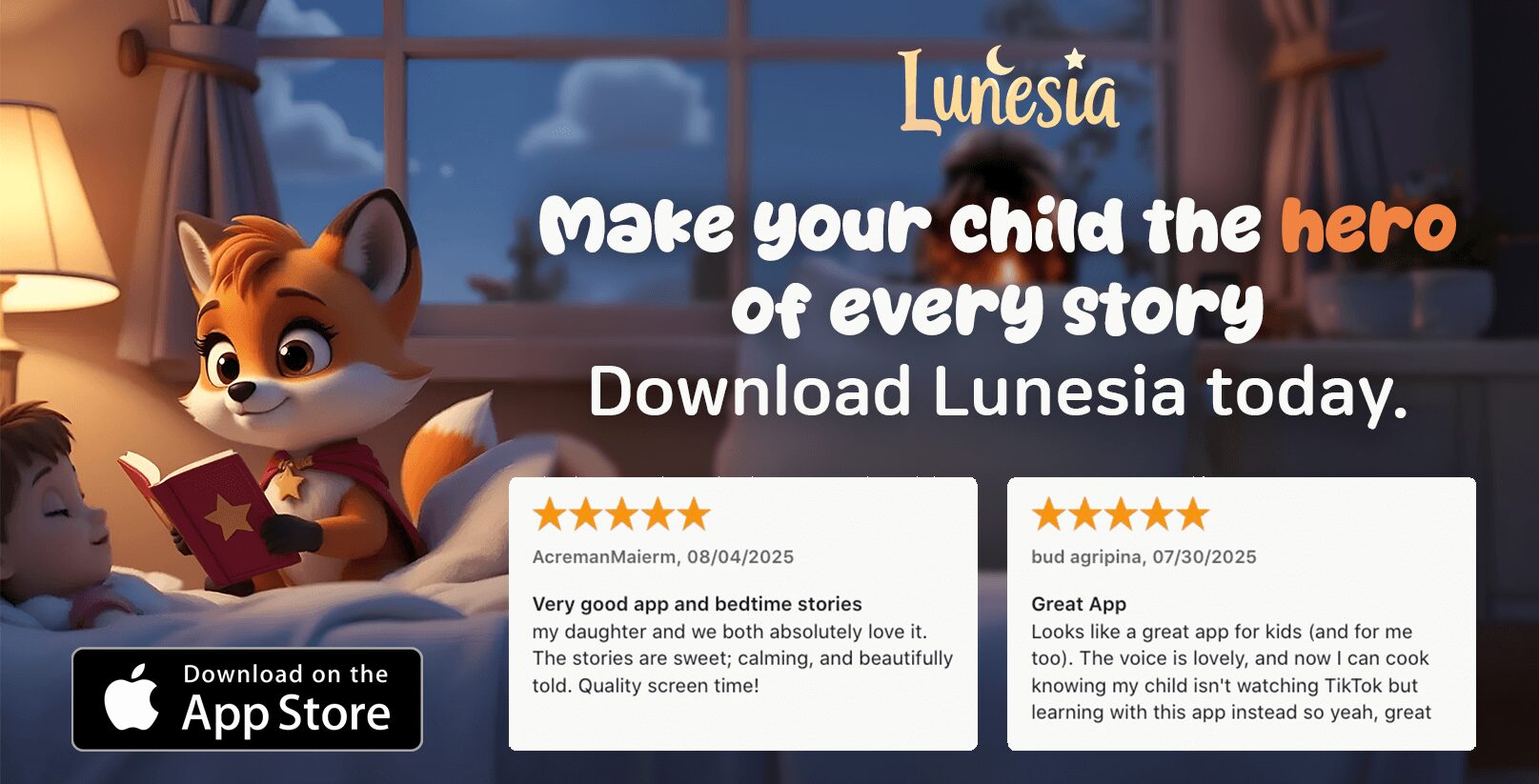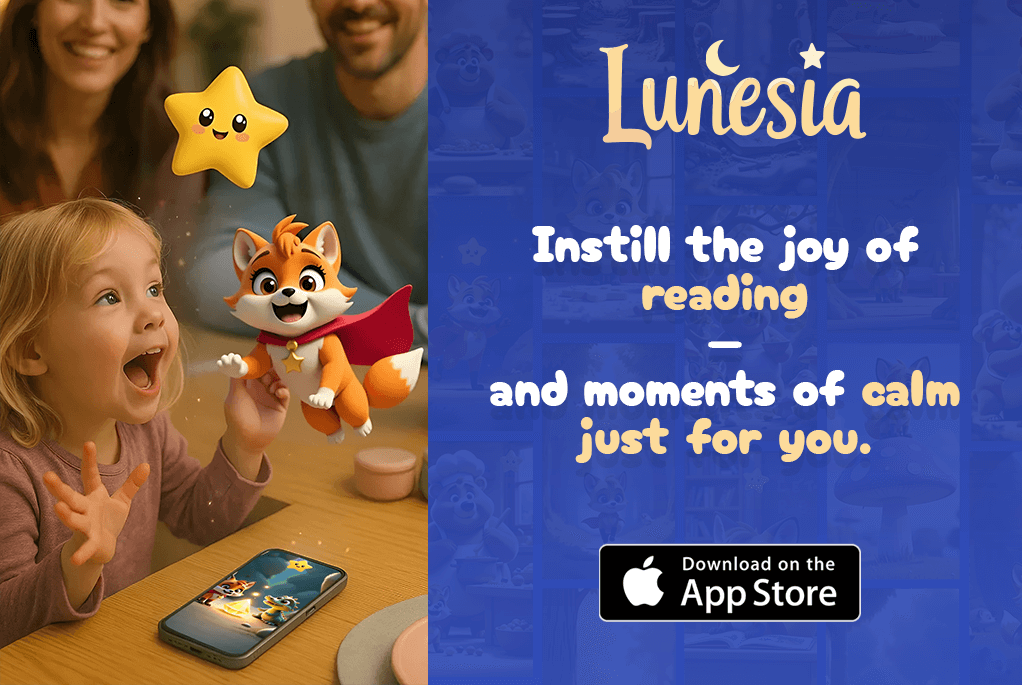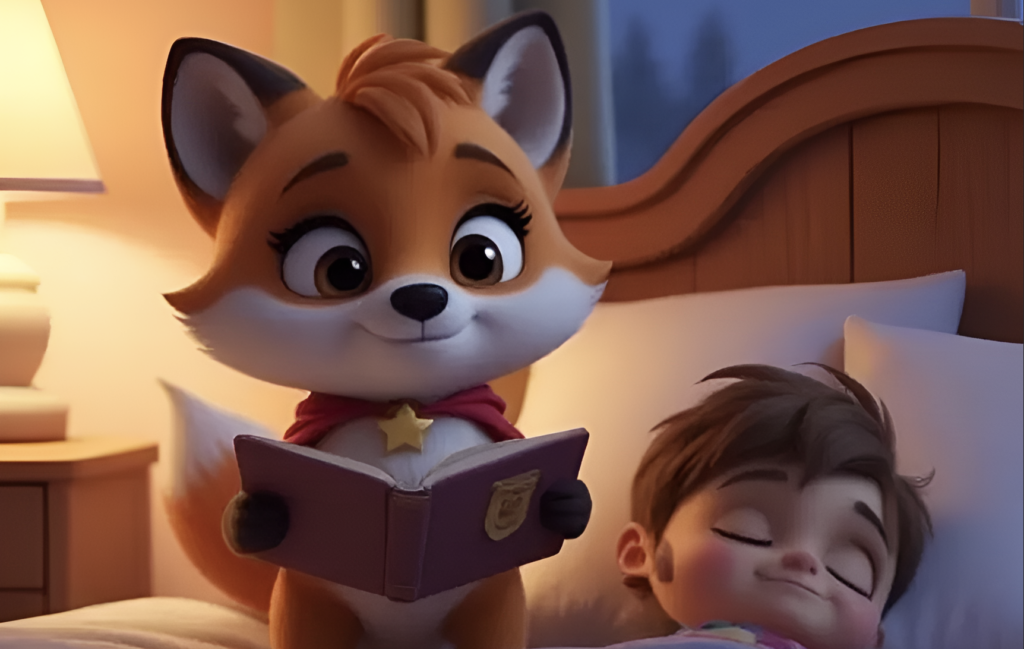Have you ever watched a child’s eyes light up as they dive into a fairy tale? There’s something magical about these timeless stories that captures their imagination. Now, imagine combining that magic with the power of phonics instruction. It’s a game-changer for teaching letters and sounds.

Teachers across the country are seeing incredible results. In North Carolina, New York, and Florida, 34 kindergarteners are now reading at grade level thanks to story-based methods. Even 98% of ELL students in Dubai mastered letter sounds using this approach. It’s not just effective—it’s fun!
Michelle, a kindergarten teacher, shared how her classroom transformed: “Secret Stories became our daily language. The kids couldn’t wait to learn new words and sounds.” This narrative-driven method helps children retain sounds three times faster than traditional techniques. Plus, it’s not just about reading—students use these skills in math, science, and even recess conversations.
Why Phonics Through Stories Works So Well
Ever wondered why fairy tales are so captivating for young minds? It’s not just the magic or the adventure—it’s the way they naturally engage children in learning. When combined with teaching methods, these tales become a powerful tool for helping kids learn read and master sounds.
The Science Behind Story-Based Learning
Research shows that storytelling activates multiple areas of the brain, making it easier for children to retain information. Dr. Garner’s brain-based studies reveal that neural pathways form faster through narratives. This means kids can learn and remember sounds more effectively.
For example, characters like “Sneaky Y” and “Superhero Vowels” align perfectly with cognitive development stages. These playful figures make abstract concepts like vowel rules more relatable and fun. Studies show that students using story methods learn 23 out of 26 sounds in just four weeks—far surpassing traditional techniques.
How Fairy Tales Engage Young Minds
Fairy tales have a unique structure that makes them ideal for teaching. Their familiar patterns and repetition reinforce vowel and letter patterns in a way that feels natural. This method not only helps kids learn read but also builds their confidence.
In classrooms across the U.S., teachers are seeing incredible results. Chastity, a kindergarten teacher from West Virginia, shared, “My class writes full sentences by September!” This transformation is a testament to the power of story-based learning. For more insights, explore how language learning can benefit from these techniques.
| Method | Retention Rate | Time to Master Sounds |
|---|---|---|
| Traditional Phonics | 35% | 8 Weeks |
| Story-Based Learning | 65% | 4 Weeks |
Fairy tales aren’t just entertaining—they’re a proven way to help children succeed. By blending imagination with education, we can create a learning experience that’s both effective and enjoyable.
Getting Started with Phonics Through Stories
What if you could turn every fairy tale into a powerful learning tool for your child? The right approach can make teaching letters and sounds not only effective but also enjoyable. Let’s explore how to begin this journey with the best resources and strategies.
Choosing the Right Fairy Tales
Selecting the perfect fairy tales is the first step. Focus on stories that highlight specific sounds or patterns. For example, “Mouse Cow” is great for teaching the /au/ sound, while “Rain Rain Away” helps with long A sounds. These carefully curated books make learning feel like an adventure.
Organizing your collection is just as important. Try color-coding books by target phonemes using sticky notes. This shelving strategy makes it easy to find the right story for each lesson. It’s a simple yet effective way to keep your resources accessible and engaging.

Essential Tools and Resources
Having the right tools can transform your teaching experience. Printable character cards, interactive sound walls, and story-based bingo games are must-haves. These resources make lessons interactive and fun, helping your child stay engaged while they learn.
Adriana, a seasoned educator, shares her top tip: “If nothing else goes on your walls, hang phonics stories posters!” These visuals reinforce key concepts and keep the learning environment vibrant. Danielle’s whole-school implementation of these tools boosted first-grade reading levels by an impressive 300%.
| Tool | Purpose | Impact |
|---|---|---|
| Printable Character Cards | Introduce sounds through characters | Boosts engagement |
| Interactive Sound Walls | Reinforce phonemes visually | Improves retention |
| Story-Based Bingo Games | Make learning fun | Encourages participation |
With the right words and tools, you can create a magical learning experience that inspires your child to explore the world of letters and sounds. Let’s make every story count!
The Magic of Phonics Through Stories: Core Techniques
Imagine turning every storytime into a lesson that sticks. By weaving letter and sounds into narratives, you can create a learning experience that’s both effective and enjoyable. Let’s explore some core techniques that make this approach so powerful.
Integrating Letter Sounds into Narratives
One of the most effective ways to teach sounds is by embedding them into familiar tales. For example, “The Three Little Pigs” can become a lesson on the /th/ and /igh/ sounds. Highlight these sounds as you read, and encourage kids to repeat them. This method helps children connect sounds to words naturally.
Christi, a first-grade teacher, shared how this approach transformed her classroom. “One of my students independently decoded /ch/ and /sh/ sounds using visual posters. It was a breakthrough moment!”
Using Character Voices to Highlight Sounds
Character voices are a fun way to emphasize specific sounds. For instance, make “Shy Sheep” whisper the /sh/ sound or growl “Grumpy Bear” for the /gr/ sound. This technique not only makes learning interactive but also helps kids remember sounds more effectively.
Interactive elements like finger puppets can take this a step further. Have kids “catch” sounds during read-alouds, turning the lesson into an engaging action.
| Technique | Purpose | Impact |
|---|---|---|
| Embedding Sounds | Connect sounds to words | Improves retention |
| Character Voices | Highlight specific sounds | Boosts engagement |
| Interactive Elements | Make learning fun | Encourages participation |
For multisensory learners, combine tactile letter cards with story reenactments. This approach ensures every child can engage with the material in a way that works best for them. By blending imagination with education, you can create a learning experience that’s both effective and unforgettable.
Step-by-Step: Teaching a Phonics Fairy Tale Lesson
Ready to make every fairy tale a learning adventure? Let’s break it down into simple steps that will transform storytime into an engaging lesson your child will love. Here’s how to get started.
Pre-Reading: Introducing Key Sounds
Before diving into the story, set the stage for success. Start with a fun pre-reading ritual like the “Better Alphabet Song.” Mandy, a first-grade teacher in Georgia, saw her students’ knowledge of letters and sounds improve significantly with this approach. Dance breaks prime auditory memory and get kids excited for the lesson ahead.
Another great tip is to use visual aids like posters or character cards. These tools introduce key sounds in a way that’s both engaging and memorable. Shelly, a kindergarten teacher in Washington, created a “cell phone pocket chart” for sorting activities, making learning interactive and fun.

During Reading: Interactive Sound Spotting
As you read, keep the learning interactive. Use window markers to circle target sounds in real-time. Christi, a first-grade teacher in West Virginia, shared how her students quickly picked up on sounds using this method. Phrases like “There’s sneaky Y!” make the experience playful and engaging.
Encourage kids to repeat the sounds they hear. This not only reinforces learning but also builds their confidence. Interactive elements like finger puppets or sound-catching games can take this a step further, turning the reading session into an active adventure.
Post-Reading: Reinforcing with Activities
After the story, it’s time to reinforce what they’ve learned. Create a “Phonics Fairytale Museum” with student-made sound exhibits. This hands-on activity helps kids connect words to sounds in a creative way. Lisa, a first-grade teacher in South Carolina, saw her students successfully decode and read at a high level after using this approach.
Another fun idea is the Secret Stories M&M quiz method. It’s a sweet way to test their knowledge while keeping the mood light. Weekly sound-spotting charts with sticker rewards also work wonders for tracking progress and keeping kids motivated.
By following these steps, you’ll create a lesson that’s both effective and enjoyable. For more tips, explore how Secret Stories can enhance your teaching methods. Let’s make every story a stepping stone to success!
Real Success Stories: Phonics Through Stories in Action
Seeing a child’s confidence grow through learning is truly magical. Across classrooms and homes, educators and parents are witnessing incredible transformations. Let’s dive into some inspiring examples of how storytelling is making a difference.
Classroom Transformations
Debbie, a kindergarten teacher, saw her class’s reading skills soar. Her students jumped from 11 to 34 grade-level readers in just one year. “It’s amazing how quickly they connect with the material,” she shared. “The stories make learning feel like an adventure.”
Renee’s first-grade class also saw remarkable progress. One student leaped from Level 1 to Level 30 in reading by using story-based decoding. “The joy on their faces when they finally ‘get it’ is priceless,” Renee said.
Parent Testimonials
Parents are equally thrilled with the results. One mom shared, “My child spots secret sounds in restaurant menus and road signs! It’s incredible to see their progress in real life.”
Another parent highlighted how these methods helped their child overcome challenges. “My son went from struggling to confident. He’s now reading at his grade level and loving it.”
These stories are just the beginning. From classrooms to homes, the power of storytelling is unlocking potential and creating lifelong learners.
Common Challenges and How to Overcome Them
Teaching letters and sounds can sometimes feel like a puzzle, but with the right strategies, it becomes a rewarding journey. Every child learns differently, and finding the best way to keep them engaged can be tricky. Let’s explore some common challenges and practical solutions to make learning effective and fun.
Keeping Kids Engaged
One of the biggest hurdles is maintaining kids’ interest. To solve this, try turning lessons into interactive missions. For example, use walkie-talkie props for “Secret Agent” sound missions. This playful approach keeps them excited while they practice their skills.
Another great idea is to incorporate movement. Phonics hopscotch with story-based sound squares is perfect for kinetic learners. It’s a fun way to combine physical activity with learning.
Adapting for Different Learning Styles
Every child has a unique learning style. For visual learners, tools like PocketPhonics’ red-word popups and picture supports can make a big difference. These aids help struggling readers connect sounds to words more easily.
For ELL or dyslexic learners, try bilingual sound stories with parallel native language support. Melissa, an educator, shared how this strategy helped her students grasp sounds faster. “It’s amazing to see their confidence grow,” she said.
To address pacing issues, use “5-minute secret bursts” between subjects. This keeps the momentum going without overwhelming the kids.
| Challenge | Solution | Impact |
|---|---|---|
| Engagement Slumps | Secret Agent missions | Boosts excitement |
| Kinetic Learners | Phonics hopscotch | Combines movement with learning |
| Struggling Readers | Red-word popups | Improves retention |
| ELL/Dyslexic Learners | Bilingual sound stories | Enhances understanding |
| Pacing Issues | 5-minute secret bursts | Maintains momentum |
By addressing these challenges with creative solutions, you can create a learning environment that works for every child. It’s all about finding the right way to make letters and sounds come alive!
Fun Activities to Reinforce Phonics Learning
Let’s turn learning into a playful adventure with creative activities. By blending games and storytelling, you can make mastering sounds exciting for kids. These ideas not only reinforce skills but also spark joy in every lesson.
Story-Based Phonics Games
Games like “Birds Girls” make learning r-controlled vowels a blast. Kids love sorting challenges that involve spotting sight words or identifying blends. These activities turn practice into a fun competition.
Try “Phonics Theatre,” where kids perform stories using sound-specific props. For example, “CHoo-CHoo” hats for the /ch/ sound. This hands-on approach helps them connect words to sounds in a memorable way.
Crafting Your Own Phonics Fairy Tales
Guide kids in creating their own tales with templates like “Sneaky E” superhero adventures. Let them draw comics to illustrate their story. This activity boosts creativity while reinforcing phonics skills.
Barbara’s “Mystery Sound Bags” are another hit. Kids guess sounds based on story character clues. It’s a playful way to sharpen their sight and sound recognition.
Adapt games like “Boots Roof” for treasure hunts. Hide /oo/ words around the classroom and let kids discover them. These activities make learning an exciting journey.
Resources for Teaching Phonics Through Stories
Looking for ways to make learning letters and sounds more engaging? You’re in the right place! Whether you’re a parent or educator, having the right tools and support can make all the difference. Let’s explore some of the best books, apps, and communities to help you on this journey.
Recommended Books and Apps
Start with the Phonics Fairytale Treasury, a collection of stories designed to teach specific vowel and blends. Its cross-referenced sound index makes it easy to find the perfect tale for any lesson. For tech-savvy learners, the PocketPhonics Stories app offers 43 leveled books with progress tracking and school-home sync capabilities. It’s a game-changer for keeping kids motivated.
Online Communities and Support
Join the Secret Stories Facebook group, a vibrant community of over 12,000 members. Here, you’ll find weekly lesson swaps, tips, and encouragement from fellow educators. Another great option is the “Story Phonics Warriors” PLC, where you can share ideas and resources. For free tools, check out the downloadable “Secret Stories” sampler pack with 10 ready-to-use tales.
| Resource | Features | Benefits |
|---|---|---|
| Phonics Fairytale Treasury | Cross-referenced sound index | Easy lesson planning |
| PocketPhonics Stories | 43 leveled books, progress tracking | Keeps kids engaged |
| Secret Stories Facebook Group | 12K+ members, weekly swaps | Community support |
Josalin, a seasoned educator, shares her tip: “I train parents via YouTube shorts to continue story-phonics at home.” This approach ensures learning continues beyond the classroom. For more inspiration, explore top story collections that make teaching phonics a breeze.
Conclusion: Unlocking the Power of Phonics Through Fairy Tales
There’s something truly special about watching children unlock the magic of reading. As Renee, a teacher from California, says, “When kids know the secrets, reading becomes easy.” This simple truth is at the heart of using fairy tales to teach letters and sounds.
Kellie, a 14-year veteran educator, found renewed passion in her career through story-based methods. Her classroom transformed into a place where struggling readers thrived. You can create the same magic in your space.
Start tomorrow with our free “Three Billy Goats Gruff” /gr/ lesson blueprint. It’s a practical way to bring these techniques to life. And as a closing gift, download our phonics story checklist to assess your existing book collection.
Your classroom or home can become the place where children not only learn but also fall in love with stories. Let’s make that happen together!
FAQ
How can fairy tales help children learn letter sounds?
Fairy tales naturally incorporate repetitive sounds and rhymes, making it easier for kids to recognize and remember letters. The engaging narratives keep their attention while subtly teaching phonetic patterns.
What makes story-based learning effective for phonics?
Stories create a meaningful context for learning. When children connect sounds to characters and events, they retain information better and develop a deeper understanding of how letters work in words.
How do I choose the right fairy tales for teaching phonics?
Look for tales with clear, repetitive language and simple plots. Stories like “Goldilocks and the Three Bears” or “The Three Little Pigs” are great for introducing key sounds and blends.
What tools do I need to start teaching phonics through stories?
You’ll need a selection of fairy tale books, flashcards for letter sounds, and interactive activities like games or crafts. Apps and online resources can also enhance the learning experience.
How can I keep kids engaged during phonics lessons?
Use character voices, props, and interactive elements like sound spotting. Encourage participation by asking questions and letting kids act out parts of the story.
Can this method work for children with different learning styles?
Absolutely! Visual learners benefit from illustrations, auditory learners from hearing the sounds, and kinesthetic learners from hands-on activities like acting or crafting.
Are there any games to reinforce phonics learning?
Yes! Try sound matching games, where kids pair letters with objects from the story, or create your own fairy tale with a focus on specific sounds. These activities make learning fun and memorable.
Where can I find resources for teaching phonics through stories?
Check out educational websites, apps like “Hooked on Phonics,” and online communities for parents and teachers. Libraries and bookstores also offer a wealth of fairy tale collections.



